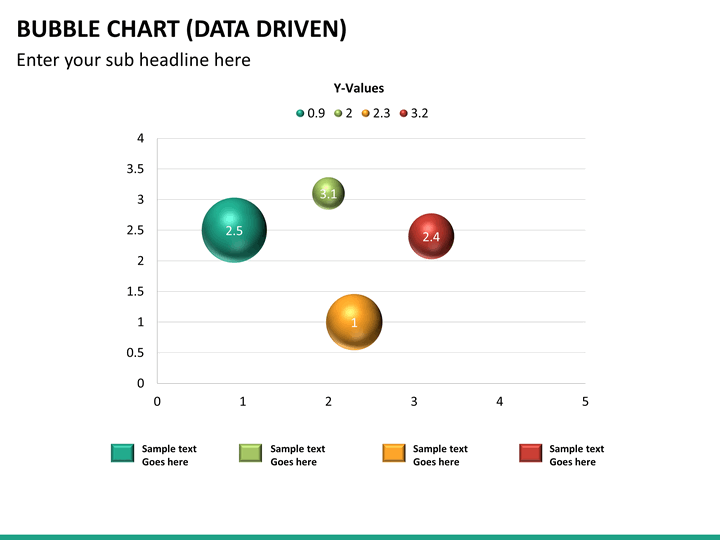

We can also see that a lone individual earns a considerably higher salary than all the others and that starters and those nearing retirement are actually on similar salaries. We can observe that the age range of employees is from 23 to 65. The charts shows that in fact for this company there is no obvious relation between salary and age. The different entries onto the plot are the 474 combinations of age and salary resulting from a selection of 474 employees, with each observation being a single point on the chart. To put this data onto a scatter plot, we insert age into the horizontal axis and salary onto the vertical axis. This type of data would be expected to show some form of trend since, as the staff gains experience, you would expect their value to the company to increase and therefore their salary to also increase.Īs an example, one of the employees as 28.5 years old and had a salary of $16,080. The following chart presents the relationship between salary and age for 474 employees of a company. Financial analysts often use these plots to show correlation between two funds, two stocks or even a stock and the general market. Scatter plots are best used for data sets in which there is likely to be some form of relationship or association between two different elements included within the data, for example, the relationship between Sales and Quantity per Customer. Scatter charts are commonly used for displaying and comparing numeric values, such as scientific, statistical and engineering data. It combines these values into single data points and displays them in uneven intervals, or clusters.

#Bubble chart series
Scatter charts show the relationships among the numeric values in several data series, or between two groups of numbers as one series of XY coordinates.Ī scatter chart has two value axes, showing one set of numerical data along the horizontal axis (X-axis) and another one along the vertical axis (Y axis).
#Bubble chart how to
How to Read Scatter Chart and Bubble Chart.What are Pie Chart and Donut Chart and When to Use Them.When to Use Bar Chart, Column Chart, and Area Chart.* max(array_of_size_values) / (desired_maximum_marker_size ** 2) set 'sizeref' to an 'ideal' size given by the formula sizeref = 2. setting 'sizeref' to less than 1, increases the rendered marker sizes

setting 'sizeref' to lower than 1 decreases the rendered size Additionally, we recommend setting the sizemode attribute: to area. Note that setting 'sizeref' to a value greater than 1, decreases the rendered marker sizes, while setting 'sizeref' to less than 1, increases the rendered marker sizes. sizeref = 2.0 * Math.max(.size) / (desired_maximum_marker_size**2) We recommend using the following formula to calculate a sizeref value: To scale the bubble size, use the attribute sizeref.


 0 kommentar(er)
0 kommentar(er)
